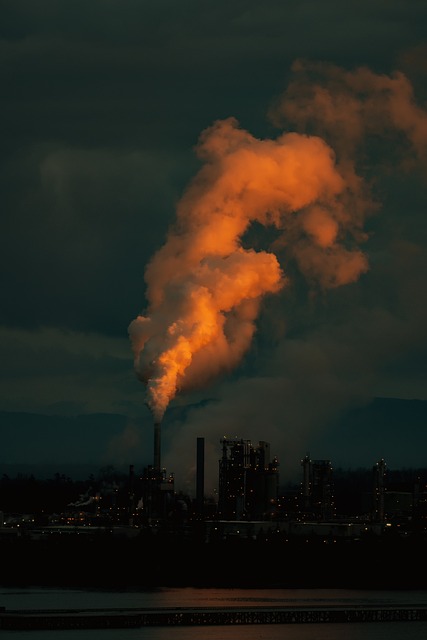Countries implement Select Emissions Regulations to reduce air pollution from power plants, urban areas, and manufacturing sectors, promoting sustainable practices, economic growth in green solutions, and improved air quality. These regulations include emission limits, monitoring systems, and incentives for cleaner energy and waste management, driving industries towards greener manufacturing. Compliance requires strategic planning, staying informed about evolving rules, and collaboration with regulators to meet health advisories.
“Stricter emission standards are reshaping industries worldwide, driven by a growing awareness of environmental impact. This guide explores global emission trends, highlighting key regulations that have profound effects across sectors. We provide practical strategies and tools for achieving compliance, ensuring businesses remain competitive while minimizing their carbon footprint. By understanding and navigating these select emissions regulations, organizations can contribute to a sustainable future.”
- Understanding Global Emission Trends
- Key Regulations Shaping Industries
- Achieving Compliance: Strategies and Tools
Understanding Global Emission Trends

In recent years, understanding global emission trends has become paramount as countries and industries strive to mitigate their environmental impact. The growing concern over climate change has led to a global push for stricter emission standards. By analyzing historical data, it’s evident that industrial activities, transportation, and energy production are significant contributors to air pollution worldwide. This understanding prompts the implementation of Select Emissions Regulations tailored to address specific sectors’ unique challenges.
Focusing on power plant greenhouse gas limits, urban air quality monitoring systems, and sustainable manufacturing practices, these regulations aim to reduce pollutant release inventory management. Advanced technologies, innovative processes, and a commitment to green initiatives are being adopted globally. This shift not only ensures cleaner air but also fosters economic growth through the development of eco-friendly solutions, ultimately paving the way for a more sustainable future.
Key Regulations Shaping Industries

The landscape of industrial operations is significantly shaped by key regulations that govern emissions standards, reflecting a global push for cleaner environments and improved urban air quality. Among these, select emissions regulations play a pivotal role in steering industries towards more sustainable practices. For instance, stringent rules on renewable energy emission limits compel power plants and manufacturing hubs to transition from fossil fuels to cleaner sources, thereby reducing carbon footprints.
Furthermore, the implementation of robust urban air quality monitoring systems pushes industries to adopt technologies that minimize pollution. In addition, landfill gas capture regulations incentivize waste management practices that not only mitigate greenhouse gas emissions but also promote the recovery of valuable resources. These multifaceted approaches combine to foster sustainable manufacturing practices across diverse sectors, underscoring a commitment to a greener and healthier future for communities worldwide.
Achieving Compliance: Strategies and Tools

Achieving compliance with stringent emission standards requires a multi-faceted approach and strategic implementation. Businesses and industries must first conduct thorough assessments to identify their emissions sources and develop detailed plans for reduction. This involves employing cutting-edge technologies, such as advanced filtration systems and process optimization techniques, to meet or exceed selected emissions regulations.
One key strategy is adopting renewable energy promotion laws and natural resource conservation laws, which not only help in reducing carbon footprint but also offer long-term economic benefits. Additionally, companies should leverage available tools, like digital monitoring systems, for real-time data collection and analysis, ensuring continuous improvement in air quality health advisories compliance. Strictest pollution control regulations demand proactive measures; therefore, staying informed about evolving laws and collaborating with regulatory bodies is essential to stay ahead of the curve.
Stringent emission standards, as guided by global regulations like the Select Emissions Regulations, are transforming industries worldwide. By understanding emission trends and adopting effective compliance strategies, businesses can not only meet these challenges but also contribute to a cleaner, more sustainable future. These measures are crucial steps towards mitigating environmental impact and ensuring a greener tomorrow.
